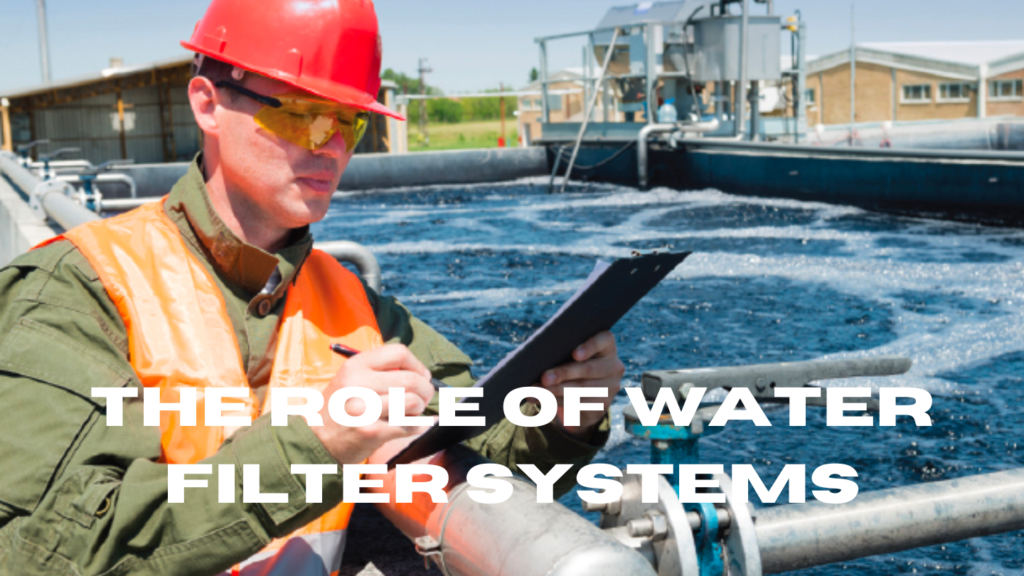Environmental engineering, a discipline dedicated to safeguarding human health and the environment, boasts a rich history marked by pioneering figures who have shaped its trajectory. Among the esteemed innovators stands Ellen Swallow Richards, revered as the first female environmental engineer.
The Remarkable Ellen Swallow Richards
Ellen Swallow Richards (1842–1911) emerged as a trailblazer in the realm of environmental engineering during a time when women faced significant barriers in scientific pursuits. Despite prevailing societal constraints, Richards defied conventions and made indelible contributions to the field.
Early Life and Education
Born in Dunstable, Massachusetts, in 1842, Ellen Swallow exhibited an insatiable curiosity and intellect from a young age. Her academic journey led her to attend Vassar College, where she became the institution’s first female graduate in 1870. Undeterred by the lack of opportunities for women in science, Richards pursued further education at the Massachusetts Institute of Technology (MIT), where she earned a Bachelor of Science degree in chemistry in 1873.
Pioneering Work in Environmental Engineering
Richards’ profound understanding of chemistry and its applications laid the foundation for her groundbreaking work in environmental engineering. She delved into diverse areas, including water quality analysis, sanitation, and public health, pioneering methodologies that continue to resonate in modern environmental practices.
Legacy and Impact
Ellen Swallow Richards’ impact transcends her concrete achievements in environmental engineering. She stands as a beacon for women’s education and societal reform, blazing a trail for generations of female scientists and engineers. Her steadfast dedication to scientific exploration and social advancement remains a source of inspiration for people around the globe.

Exploring Environmental Engineering Innovations
Within the domain of environmental engineering, the evolution of filtration technology stands as a cornerstone in ensuring public health and fostering environmental sustainability. Among the array of filtration techniques, rapid sand filters and slow sand filters have risen to prominence, shaping contemporary water treatment systems with their distinct efficacy and applicability.
Understanding Rapid Sand Filters
Rapid sand filters represent a fundamental component of water treatment infrastructure, renowned for their efficiency in removing impurities from drinking water. By leveraging a combination of physical and chemical processes, rapid sand filters effectively capture suspended solids and microbial contaminants, ensuring the delivery of safe and potable water to communities worldwide.
Drayton Manor: A Beacon of Environmental Stewardship
Nestled amidst the verdant landscapes of England, Drayton Manor stands as a testament to environmental stewardship and innovation. This historic estate, renowned for its picturesque gardens and grandeur, also holds significance in the annals of environmental engineering.
The Role of Water Filter Systems
In the relentless pursuit of pristine and readily available water sources, water filtration systems emerge as indispensable allies. Through the integration of a diverse range of filtration methodologies such as activated carbon and membrane filtration, these systems effectively counteract the threats posed by contaminants and pollutants. Their mission? To guarantee the delivery of top-tier water quality tailored for a spectrum of uses spanning from household consumption to industrial and agricultural applications.
Deciphering the Slow Sand Filter Diagram
The slow sand filter diagram elucidates the intricate mechanisms underlying this time-honoured filtration method. By harnessing the principles of sedimentation and biological filtration, slow sand filters facilitate the gradual purification of water, yielding pristine drinking water that meets stringent quality standards.
Conclusion
In the ever-evolving realm of environmental engineering, the impact of trailblazers such as Ellen Swallow Richards echoes through time, igniting the imaginations of forthcoming cohorts to champion innovation and ecological resilience. Amidst the intricate tapestry of contemporary environmental dilemmas, the enduring legacy of these pioneers stands as a luminary of optimism and advancement, directing our trajectory towards a tomorrow characterised by symbiosis between mankind and the natural world.
FAQs
What are the key roles of environmental engineers?
In the realm of environmental preservation, the role of environmental engineers stands as a cornerstone. Their mandate encompasses not only the design but also the seamless execution of strategies aimed at curbing environmental degradation, fortifying public well-being, and fostering the ethos of sustainable progress.
How does Drayton Manor relate to environmental engineering?
Drayton Manor’s historic significance extends to its contributions to environmental stewardship and landscape architecture, serving as a testament to human ingenuity and environmental harmony.Can you explain the difference between rapid sand filters and slow sand filters?
Rapid sand filters employ mechanical filtration processes to remove impurities from water swiftly, whereas slow sand filters rely on biological and physical filtration mechanisms to purify water gradually.
What are the primary contaminants that water filter systems target?
In the realm of water purification, filtration systems aim their focus on a broad spectrum of impurities. These encompass sediment, organic substances, microbial agents like bacteria and viruses, as well as the presence of heavy metals and various chemical toxins. Their ultimate goal remains unwavering: to guarantee the provision of potable water that is both pure and secure.




